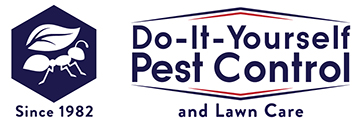
Rodent Inspection
Techniques for rat and mice tracking / How to identify rodent droppings
It is critical to inspect rodent activity before any rodent control program to eliminate rodents. The best time to check is during the rodent's period of high activity (at dusk or just after dark). Rodent inspection includes looking for their droppings (fecal material), gnaw marks, grease marks, looking for their runways and burrows. Mice, Roof Rats , and Norway Rats have different habits. Understanding their distinctive behaviors will help you with inspection around your property.
How To Inspect For Rodent Activity
Look for these rodent signs
Such common rodent signs are: fecal pellets, tracks, gnawing damage, burrows, runways, grease marks, urine stains, live or dead rodents, rodent sounds, rodent odors, and pets being disturbed. Using a flashlight to inspect dark, recessed areas that rodents (mice and rats) frequent would help you discover problem areas.
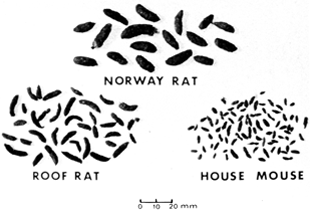
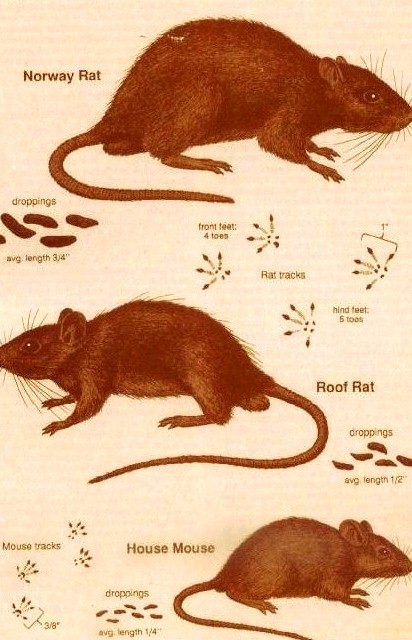
Tracks: Footprints and tail drag of rats can be seen in dusty areas. Use dust like baby powder or flour and lightly dust the suspicious area to see if rats or rodents are using a pathway. Wet or moist soil will also show tracks. Commensal rodents have five toes on the hind feet and four toes on the front feet. Usually, the hind feet leave the most tracking.
Droppings (Pellets) : When inspecting, keep in mind that you are looking for signs of activity: gnawing, droppings (fecal pellets), and tracks. A recent dropping is softer in texture than an older fecal material of three days or more. They will also be darker in color than older droppings. This coloration will help you determine if your rodent population is current. The more droppings you have, the larger the rodent population.
Gnaw Marks: Newer gnaw marks will be rougher around the edges than newer gnaw marks. Mice make clean-cut holes, and rats make holes with rough and torn edges. The mice hole is about 1-1/2 inch in diameter. The rat-hole is 2 inches or more. It is common for rats to gnaw on wooden structural objects such as door corners, joists of flooring and ceilings, and wall studs.
Burrows: Rats (most often the Norway rat) may burrow along foundations and walls, beneath shrubbery or debris. The burrow entrance of a rat looks smooth and compacted. You may find fresh soil near the entrance that has been kicked out. To check to see if a burrow is active, stuff some paper into it and check the following day for its removal. Roof Rats will more than likely be found on the ground in such places as woodpiles, bushes, vines, or trees. Mice will burrow, but most mice holes are beneath slabs inside a building. The entry points to these burrows at cracks in the slabs, beneath expansion joints, or near support pillar footings.
Grease Marks: The older grease marks can be smeared; as they age, they become dry. Look for grease markings around rafters, beams, pipes, vertical surfaces, and active runways that do not have dust or cobwebs.
Runways: Their pathways or runways will be between nesting areas and feeding areas. Rats will reuse the same path, relying on kinesthetic memory. A Norway Rat pathway is more accessible to spot than a mouse or Roof Rat's path.
Outside, look for a narrow path in the dense vegetation or a pathway that has been packed.
Inside, look for their runways along walls. They use the walls for guidance. They can also be found behind appliances or stored boxes and furniture. Look for their grease or smudge marks along walls, pipes, beams, and rafters.
Urine Stains: Rodent stains are visible in a UV black light. You may detect a musky scent.
Pets: Often, pets will often begin to get excited or upset. They may start pawing. When the rodent first enters, a pet can demonstrate excitement. The longer the rodent stays, the pet is less excitable.
Begin the inspection from the exterior to the interior.
Focus on areas that may provide water, food, or harborage: vegetation, refuse or woodpiles, bird feeders, waterways, garages, carports, attics, crawl spaces, cupboards, closets, and food storage areas. Entry points are important to consider when inspecting: windows, door thresholds, utility lines, rooftops, and downspouts.
Rodents have oily hair leaving smudge marks where they consistently travel. Droppings, urine trails, and gnawing marks all are signs of rodent activity.
Feces are critical in determining the type of rodent and measure of activity. Under each category of the Norway Rat, Roof Rat, and Mouse, the feces are discussed in detail.
Rodent Inspection Tools
UV Rodent Tracker is an industrial grade professional UV LED light. This UV light is able to detect the presence of urine, making rodent inspection easier and more efficient.This increases your ability to detect the animal urine with more efficiency. This ultraviolet flashight, uses 12 ultraviolet LEDs shining at 390 nanometer wavelength, offering a deep UV frequency.
Recommended Uses:
- For Detecting: Animal Urine
- The use of the UV Light with yellow goggles will enhance ability to see urine.
Use it in conjunction with fluorescent cotton balls( placed inside a rodent bait station) with RodoFiber- non-toxic fluorescent powder or Rodotrac Rodent Detection Systemthat is pre-filled with the fluorescent powder. that will coat their bodies for tracking rodent or animal urine.
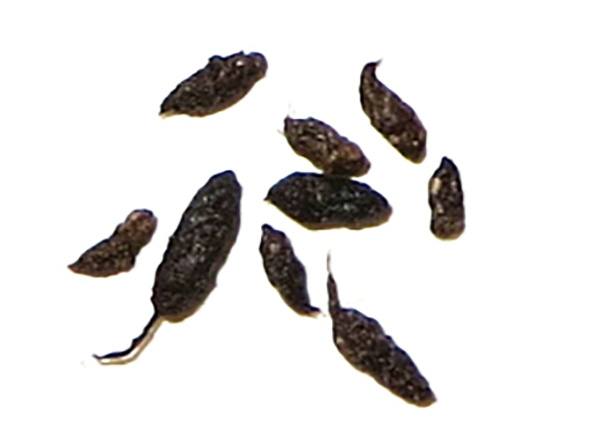
Mice
Qty: 50-75 pellets a day
Size: 1/4" long
Shape: The house mouse is the most common type of in the USA. Small, one or both ends pointed.
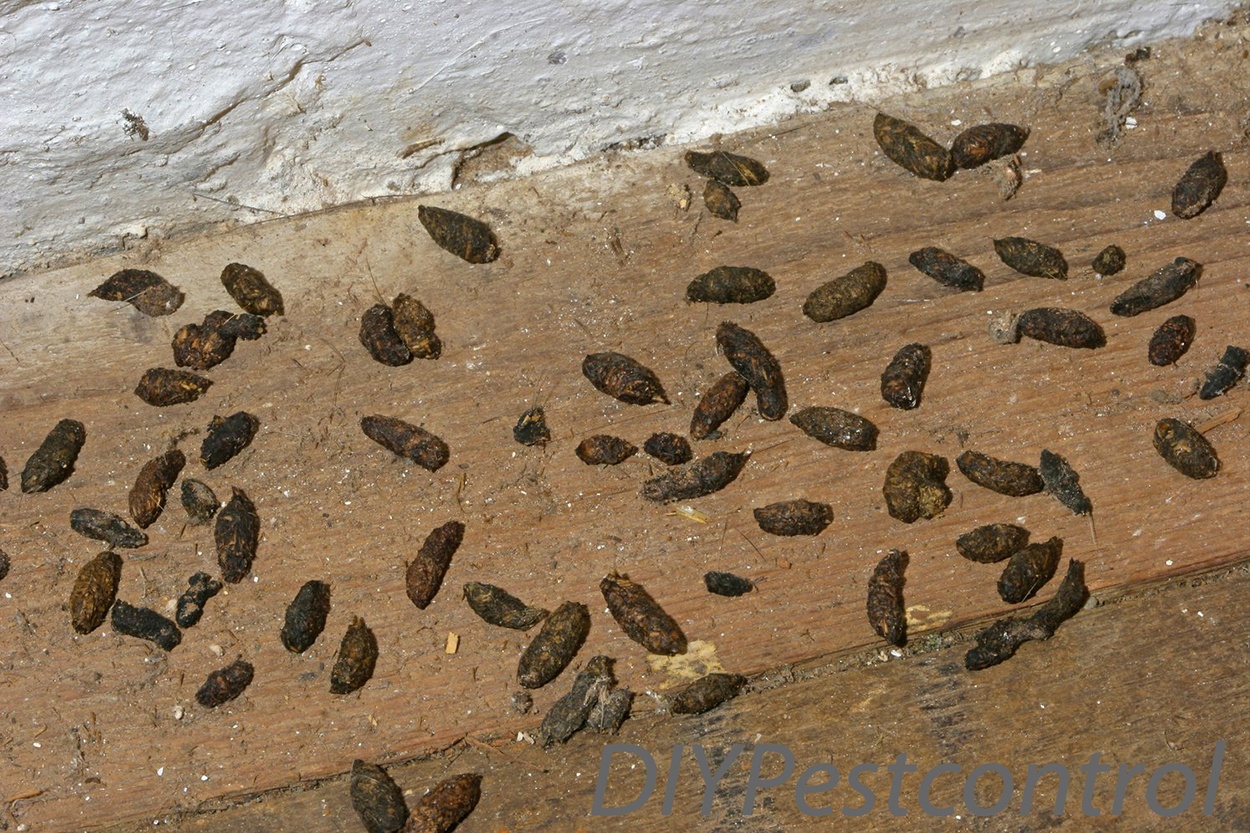
Roof Rats
Qty: 40-50 pellets a day
Size: 1/2" long
Shape: Curved, oblong shaped with pointed ends. They are scattered.
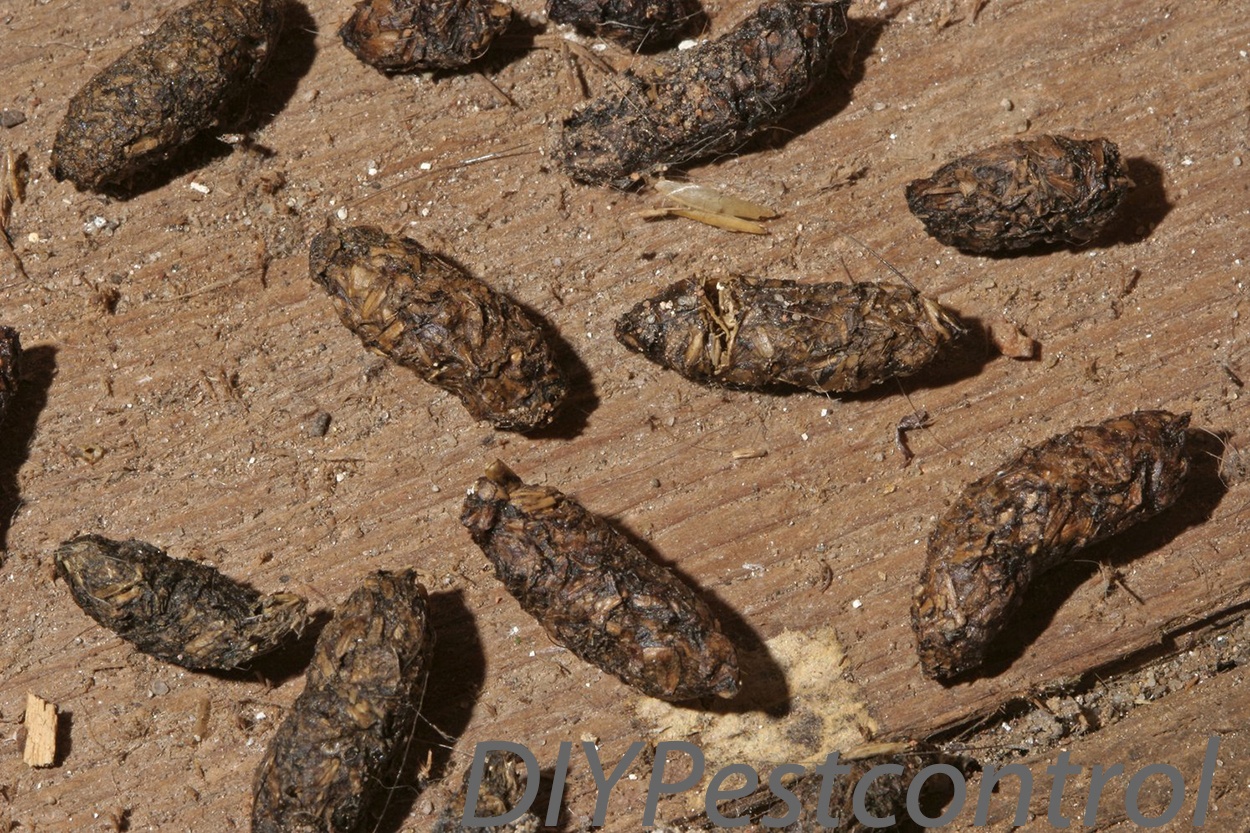
Norway Rats
Qty: 40-50 pellets a day
Size: 3/4" long
Shape: Rectangular, larger with blunt ends. They are found in small groupings.

